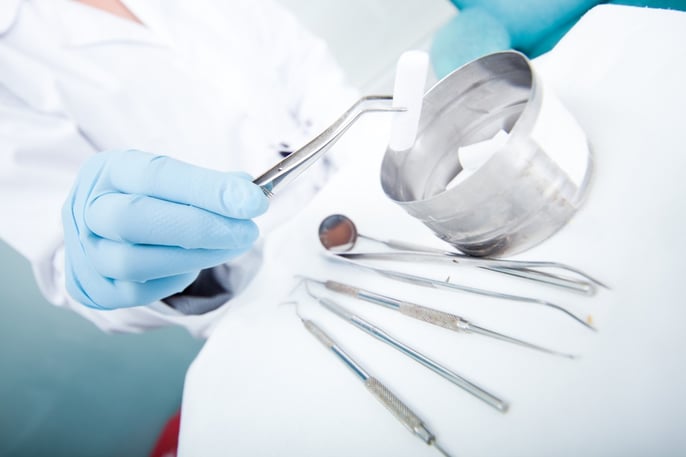
For the millions of people who suffer from chronic daily migraine, finding relief is a priority. Often, the search for a solution leads them to choose migraine surgery. While several different types of migraine surgery are available, the option chosen most often is surgical nerve decompression, which releases the specific nerve that is trapped and gives the patient much-needed relief from the attacks. This procedure was developed after doctors discovered that patients who had undergone plastic surgery brow lifts were experiencing an improvement in the number and severity of their migraine attacks.
Types of Nerve Releases for Migraine
The form of decompression surgery recommended is different for every patient, and depends on which nerve is trapped and causing the pain:
- Temporal migraines begin in either one or both temples, and patients often experience tooth-grinding during sleep that causes pain in the jaw joint. The headaches could be triggered by pressure on the nerve caused by scar tissue or a muscle. Surgical treatment involves removing a section of the trigeminal nerve through a small incision made either in the hairline or the upper eyelid. This is known as minimally invasive supra-orbital nerve surgery (M.I.S.O.N.) Patients usually handle this surgery well, and while it gives good results for migraines they have only a slight reduction in sensation after the procedure.
- Occipital migraines develop at the back of the head where the base of the skull joins the neck, and then the pain typically spreads across the side of the scalp and behind the eyes. This happens when the greater occipital nerve is trapped, usually by the semispinalis capitis muscle in the neck. During surgery, the nerve is released from the trap through a small incision on the back of the neck. We call this form of treatment minimally-invasive greater occipital nerve entrapment (M.I.G.O.N.E.) surgery, and it’s usually handled without hospital or clinic admission.
- Septoplasty is the surgery performed to relieve nasal migraines, which usually begin around the eyes and are often caused by a deviated septum or enlarged turbinates (nasal passages). These conditions result in irritation of the nasal nerves and can develop into migraine headache attacks. During surgery, the turbinates are reduced in size and any deviation is corrected, which can make a significant difference to the patient once inflammation is gone.
Removing the cause of pressure on the nerves enables them to function normally once more, provided the nerve hasn’t been trapped for long enough to cause permanent damage. More than 90 percent of the patients who submit to migraine surgery see an improvement in their condition, either by having fewer headaches, shorter duration or less severe attacks.
Other Options for Migraine Sufferers
Many migraineurs are able to find medication that helps reduce their attacks, but for those who have tried multiple types of medicine without success, surgery could be the solution for them. Other treatment options include alternatives such as:
- BOTOX injections, which are a chemical version of the surgical brow lift. The procedure paralyses targeted muscles around the eyebrow, which prevents the face muscles exerting pressure on the supra-orbital or trigeminal nerve.
- Nerve blocks, or the injection of a steroid into the nerve following administration of a local anesthetic. This prevents the pain returning for a period, while the steroid works to reduce the inflammation.
- Implantation of neurstimulators, which are tiny electrodes placed surgically beneath the patient’s skin. These stimulate the nerve, which keeps it occupied and prevents the stronger pain signals from transmitting to the brain.
Patients whose lives are affected by the frequency of their headaches may be eligible for a surgical treatment option. These procedures are usually covered at least partially by healthcare insurance, and while they may not resolve your migraines and get rid of them completely, the surgery can often provide vast relief for many people.


